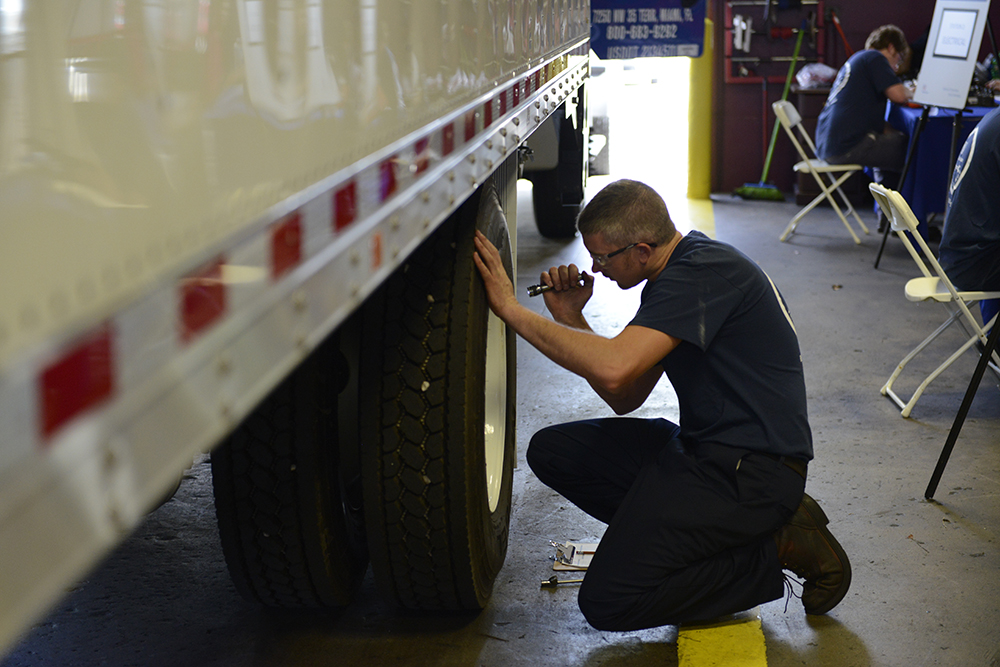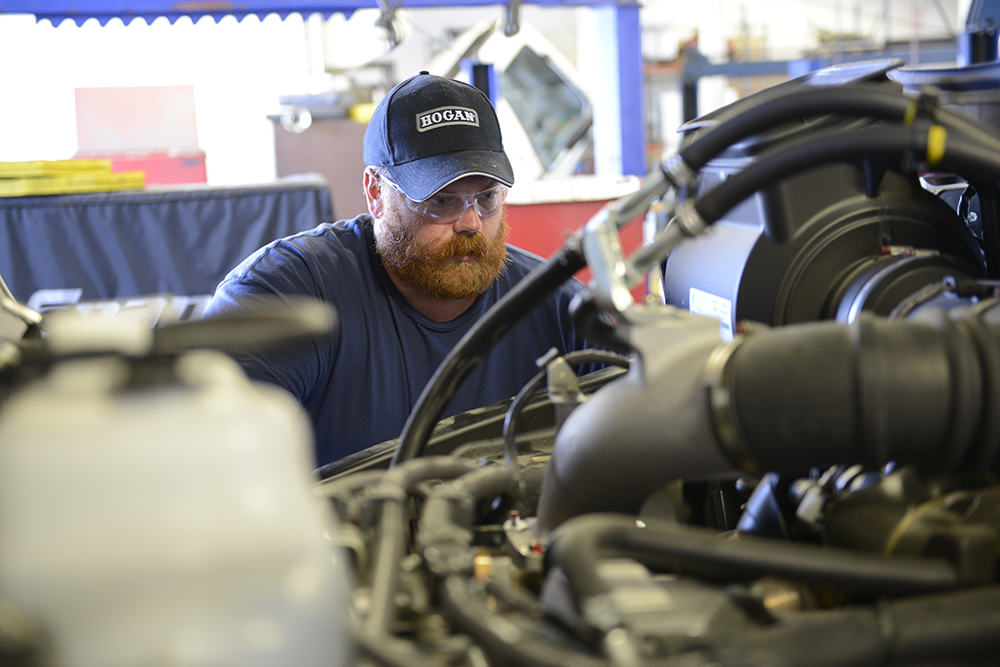Earlier this year, an article in Forbes detailed the many challenges that the fleet industry faces. The article noted that the American Transportation Research Institute’s (ATRI) annual survey showed that the state of the economy was the fifth highest concern for the industry. As the article stated at the time, “Fleets are grappling with skyrocketing inflation, equipment and parts shortages, high diesel prices, driver shortages and wage pressures.” Since that time, inflation has dropped (though not enough) and the supply chain has loosened (but not by much). But diesel prices are still volatile, there’s still the ongoing driver shortage, and wage pressures will continue to be of concern.
Fleet managers also have the issue of limited allocations, a result of supply chain issues caused by the pandemic. Even when new assets are available, the cost of those assets keeps rising. According to Statista, the average price of a Class 8 truck ranges from approximately $150K to $240K; even higher when acquiring electric-battery truck. With this situation, fleet managers need to hold on to their existing trucks and that means keeping assets longer than they might normally do. And this has led to a much higher reliance on maintenance; preventive maintenance alone won’t do it. That’s why more fleets are looking to predictive maintenance to help keep trucks on the road longer while reducing downtime.
The role of predictive maintenance in extending the lifecycle of a truck
Predictive maintenance leverages advanced analytics and data from various sensors and monitoring systems to predict when a component is likely to fail. Unlike preventive maintenance (which normally occurs on specific scheduled times), predictive maintenance analyzes historical data, real-time performance metrics, and external factors. Technology makes the difference; it’s the predictive maintenance algorithms that provide insights into potential issues. This allows fleet manager to take a proactive approach to maintenance scheduling before a breakdown occurs. Ultimately, this minimizes unplanned downtime, enhances safety, saves money on components, and reduces overall maintenance costs. Here’s how predictive maintenance helps do all of these.
- Minimize downtime – Every fleet manager is aware of the cost to a business when a truck is off the road due to unplanned maintenance issues and/or breakdowns. From disruption in the supply chain to needing replacement vehicles to damaged customer relationships from missed deadlines; the costs are clear. Predictive maintenance helps identify potential issues before they escalate, so fleet managers can then schedule maintenance during planned downtime.
- Optimize component lifespan – It’s not just the truck itself that has a lifespan, so do all of the components and parts that make up that truck. Each component has its own expected “shelf life.” The supply chain issues have also resulted in shortages of certain components so, like they do with the vehicles themselves, fleet managers need to figure out ways to increase the lifespan of the components as well. Predictive maintenance can help optimize component lifespans by addressing issues before damage becomes irreversible. Monitoring engine performance can help detect signs of wear or potential failure in components like the transmission or exhaust system. Caught in time, not only will the components last longer…so will the truck.
- Reduce maintenance costs – Preventive maintenance usually is scheduled based on mileage or time intervals, but a lot of things can go wrong in between PMs. Predictive maintenance pairs maintenance schedules to the actual condition of the truck rather than a calendar or odometer reading. This eliminates unnecessary maintenance activities that result in a truck being off the road. Plus, catching the problem before it escalates means less intensive maintenance and that automatically reduces costs.
- Enhance safety – Safety is a core value for every fleet, ensuring that a vehicle is road ready protects not just your truck; it also protects the driving public, your own driver, your customer’s business and yours as well. With the cost of nuclear verdicts in the industry, making sure fleet trucks are safe is essential. With predictive maintenance, fleets perform regular monitoring which can lead to early detection of potential issues. Addressing any issue in a timely manner leads to a reduction in unexpected breakdowns as well as reducing the risk of accidents…and that leads to overall road safety.
Technology is the key to successful predictive maintenance
Predictive maintenance is not possible without the necessary technology and tools in place. Various sensors embedded in the trucks enable real-time data collection. These sensors monitor factors such engine performance, fuel consumption, tire pressure, and more. With the increasing connectivity of trucks, fleet managers can access the data remotely and that can mean more proactive decision-making and faster response to emerging issues.




